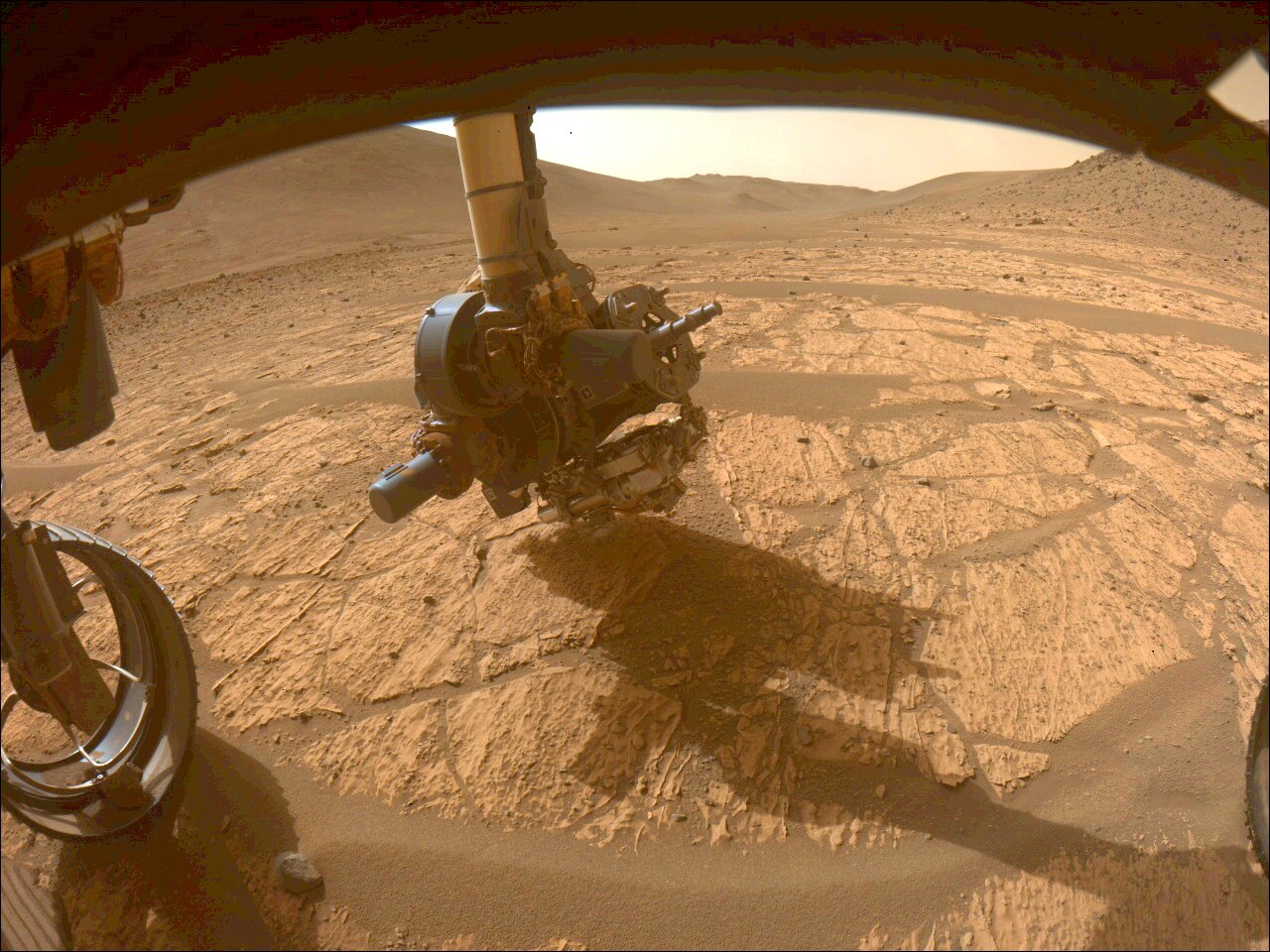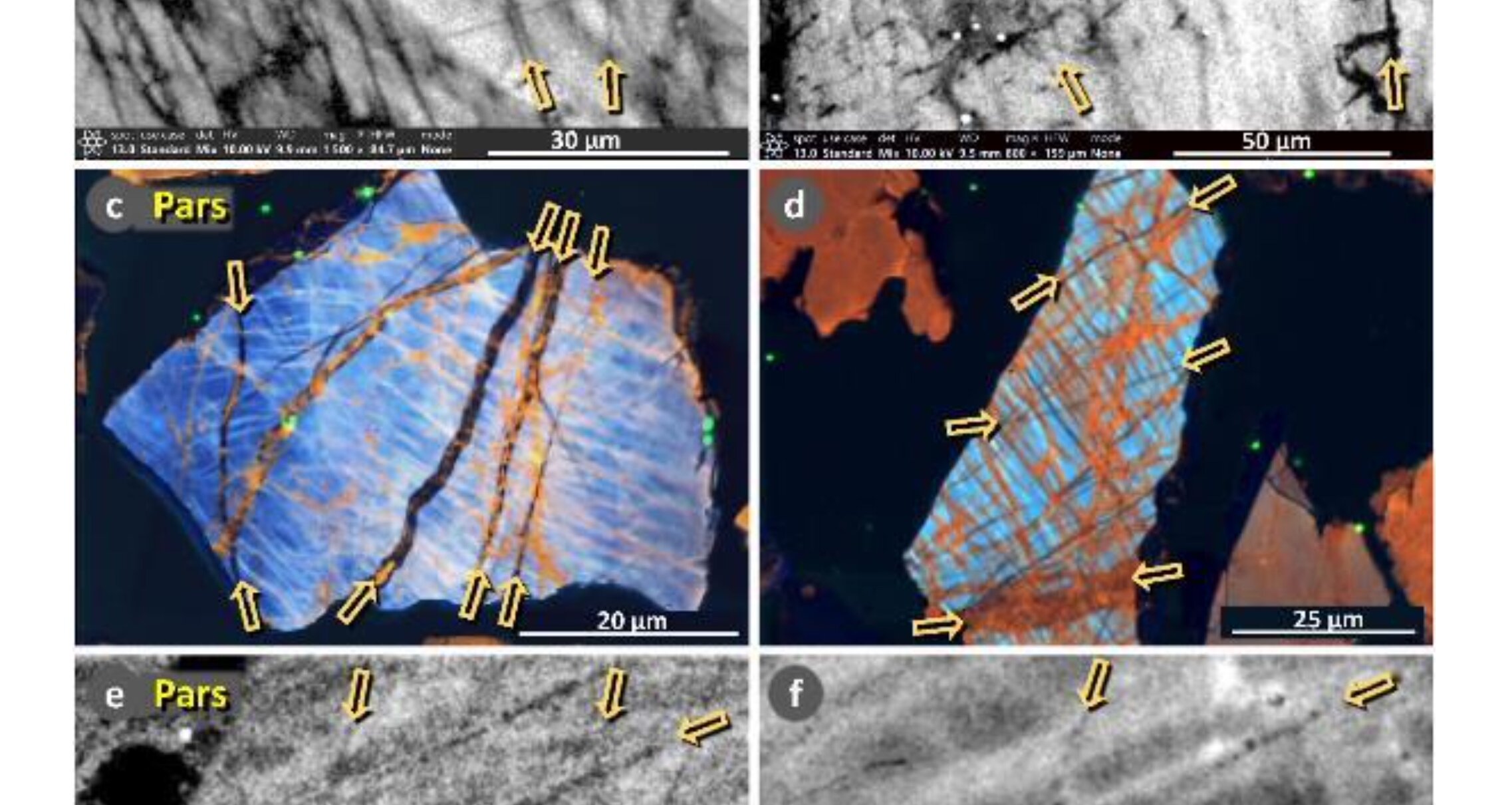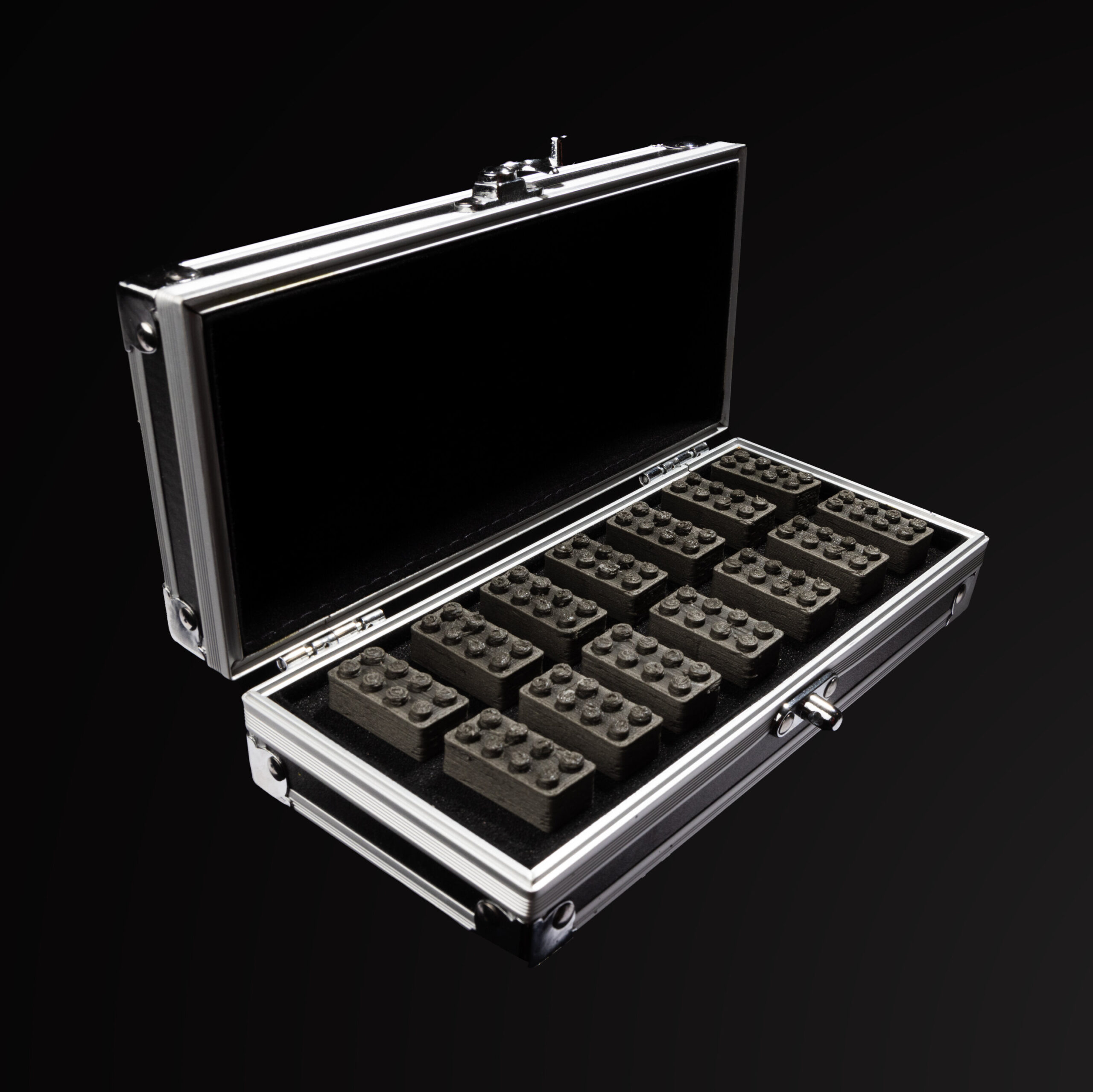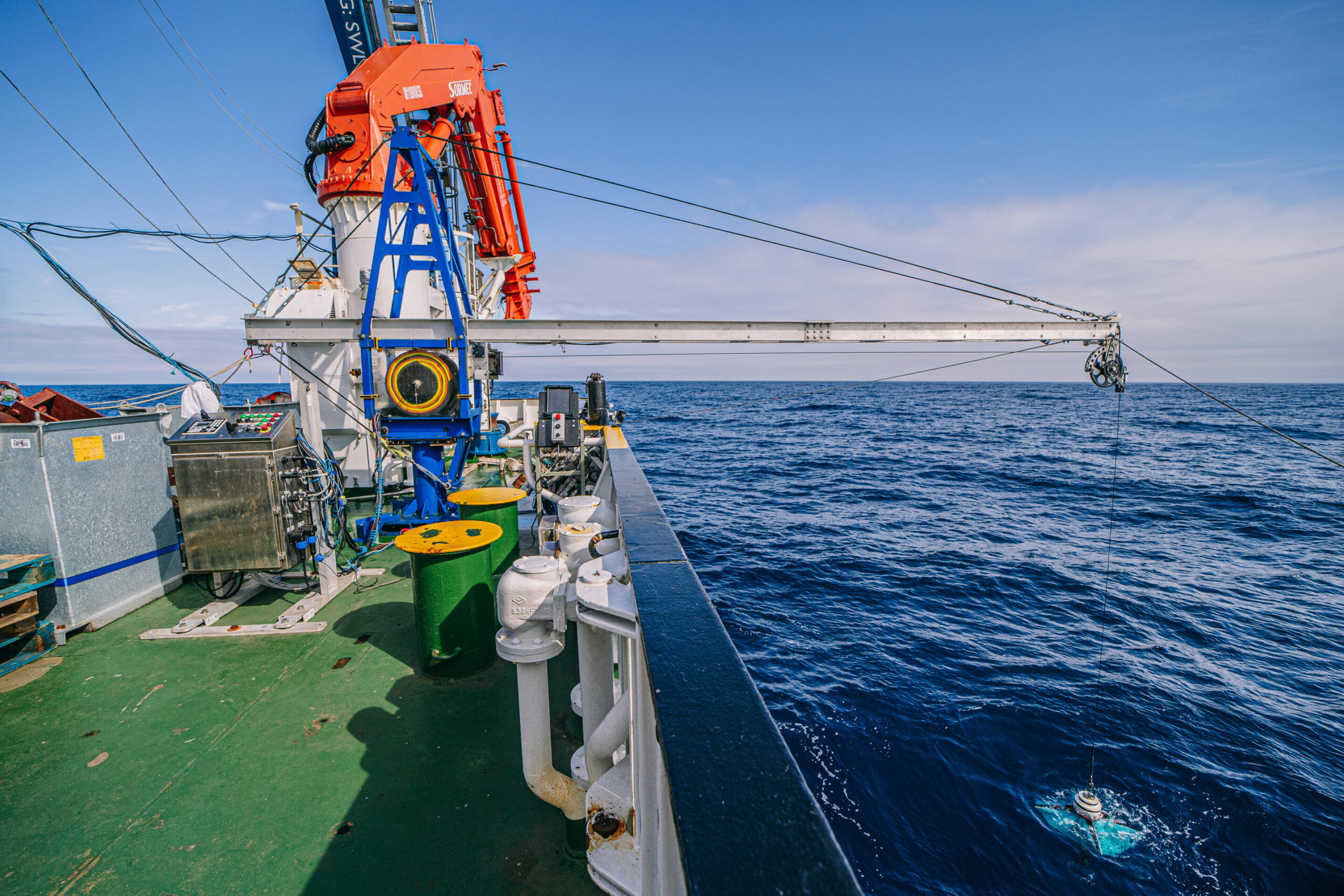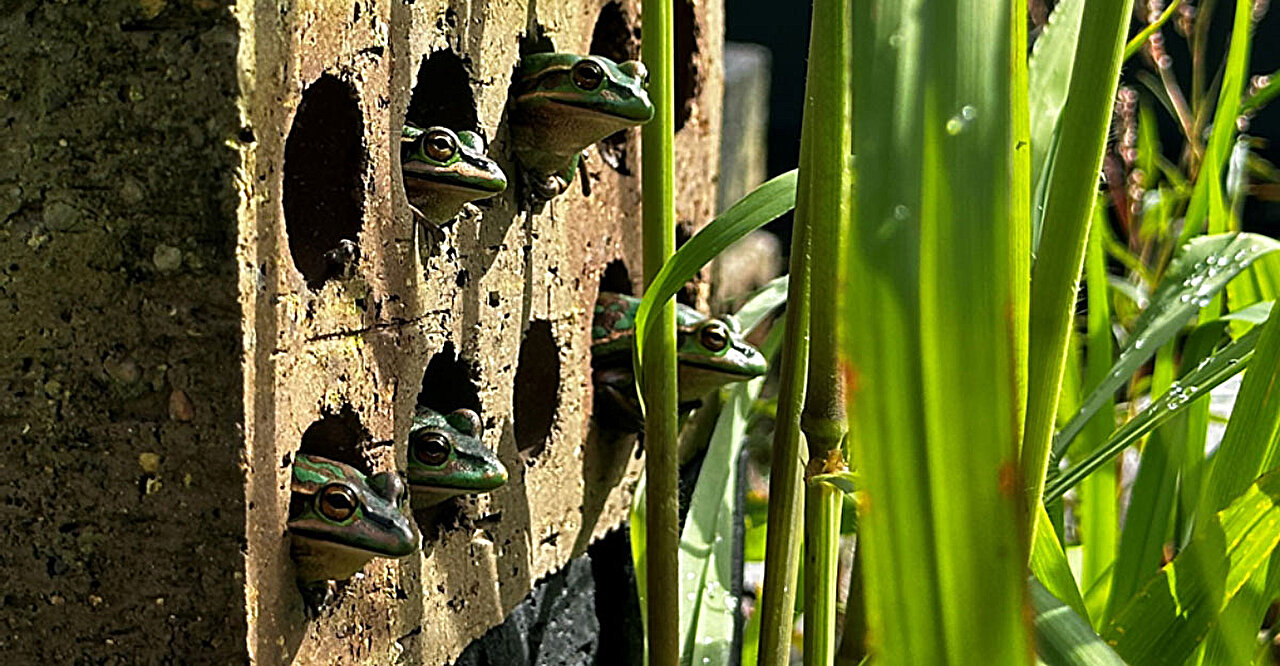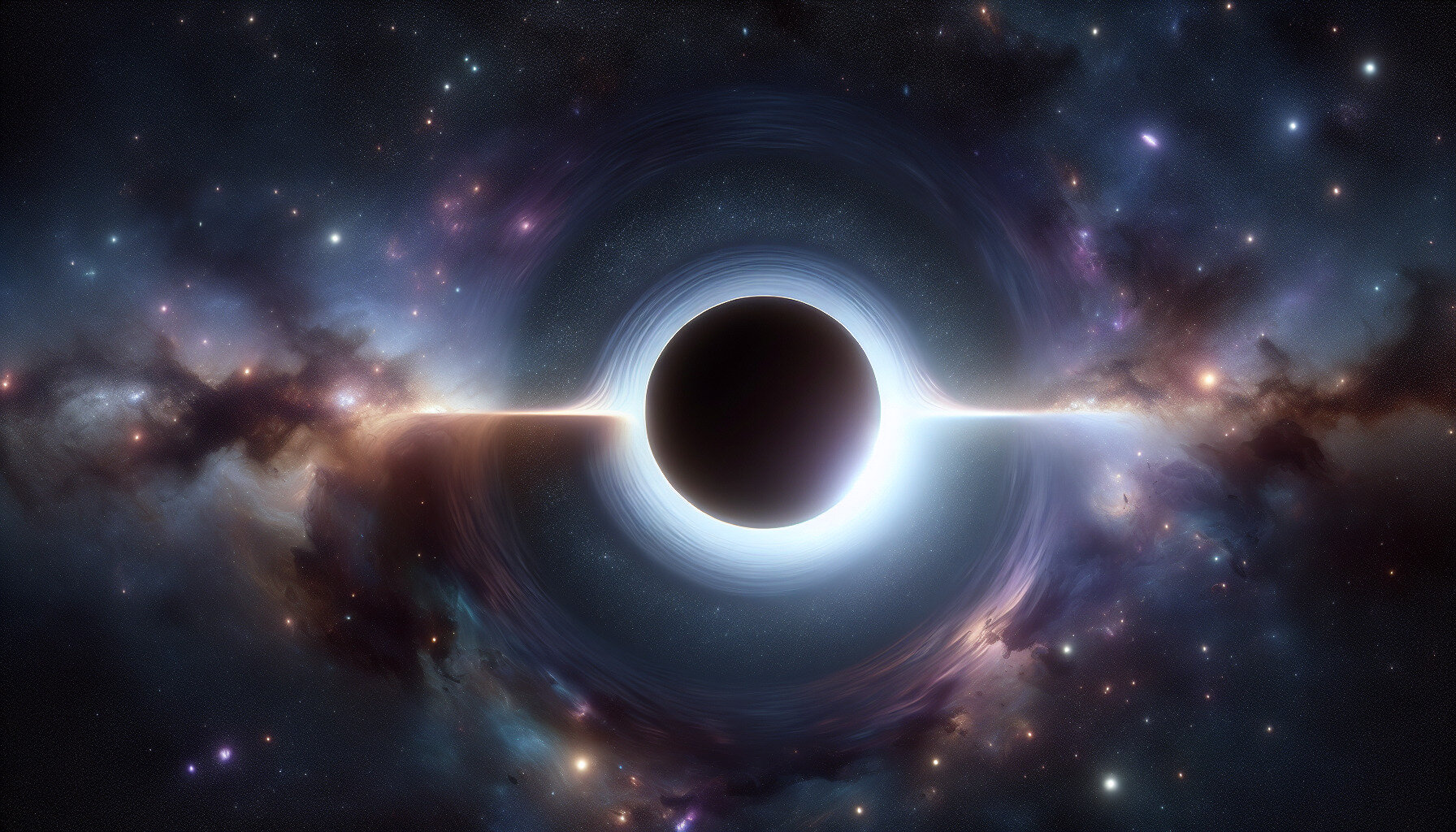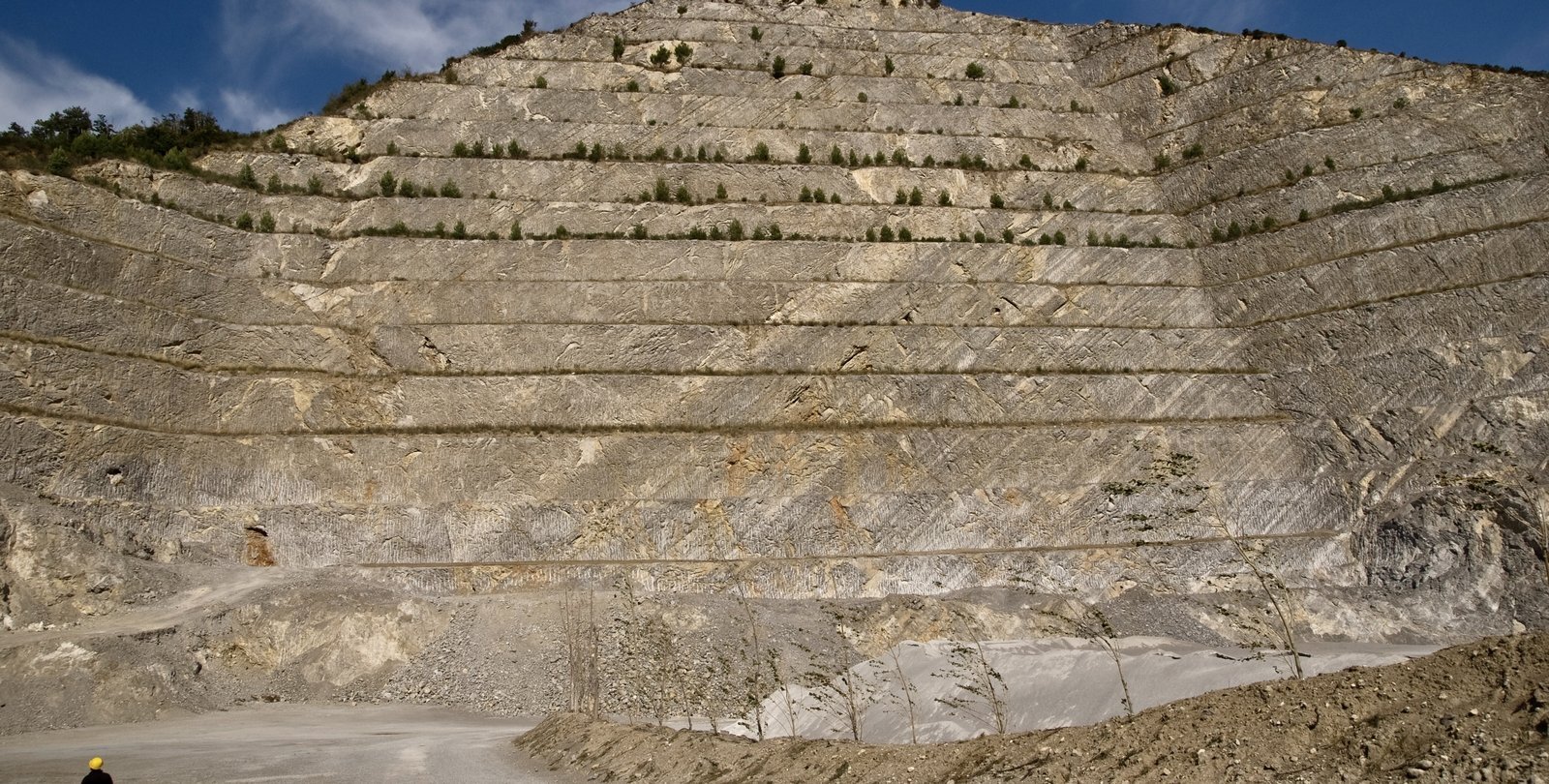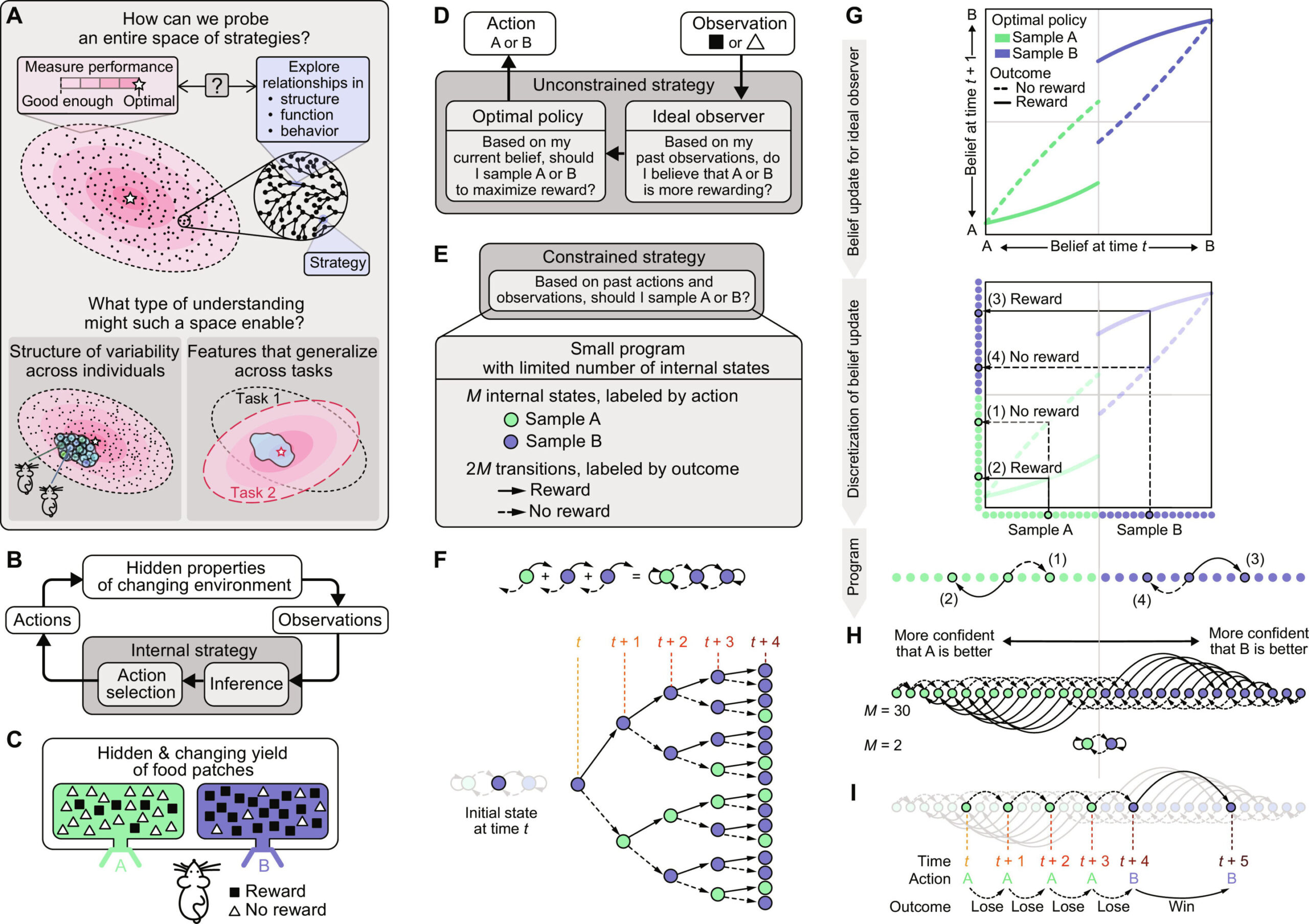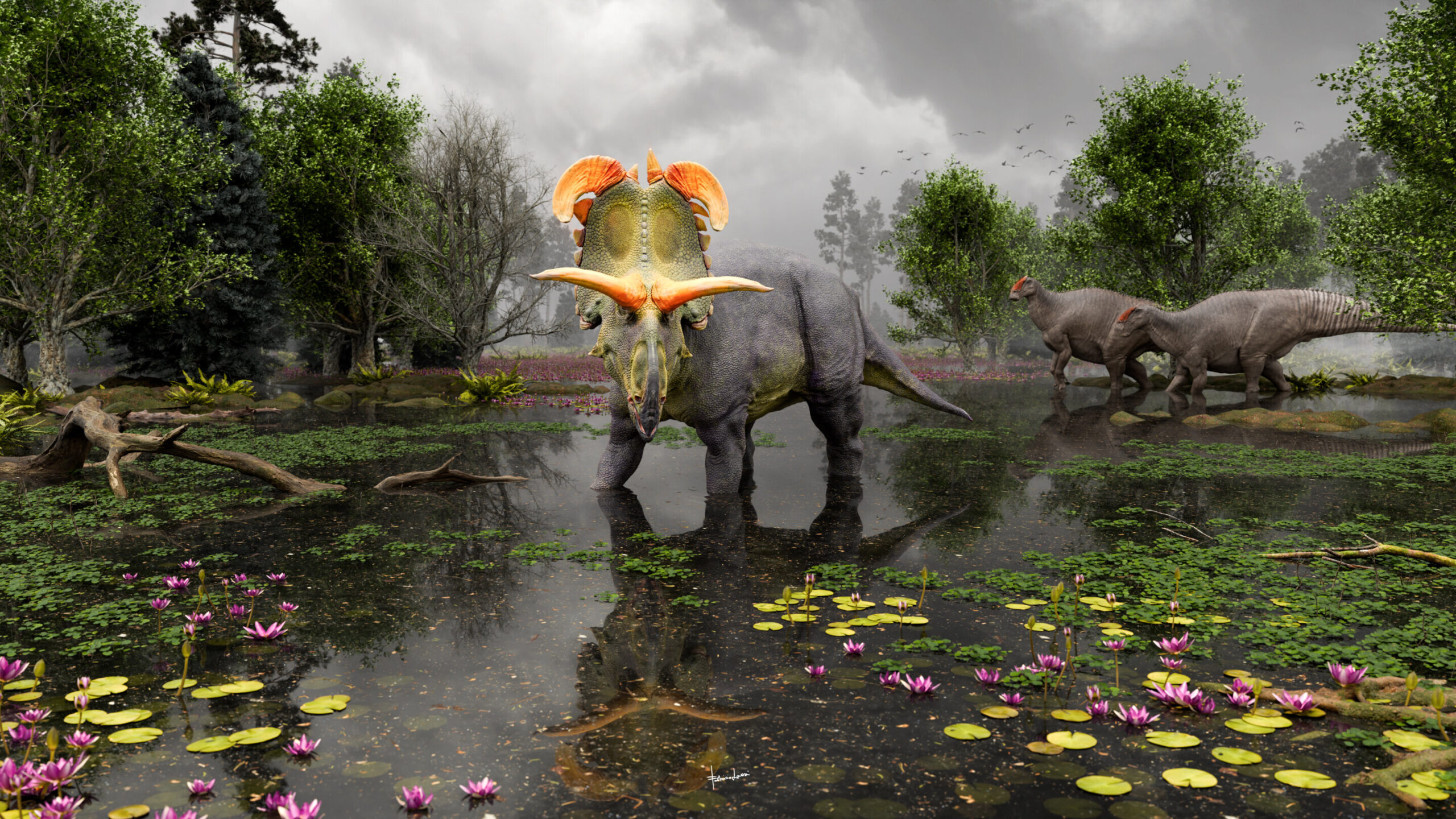Detective work enables Mars rover team Perseverance to revive SHERLOC instrument
This image of NASA’s Perseverance rover collecting data on the wear of the “Valhalla Glades” was taken June 14 in the “Bright Angel” area of Jezero Crater by one of the rover’s forward hazard avoidance cameras. The WATSON camera on the SHERLOC instrument is closest to the surface of Mars. Credit: NASA/JPL-Caltech After six months … Read more
